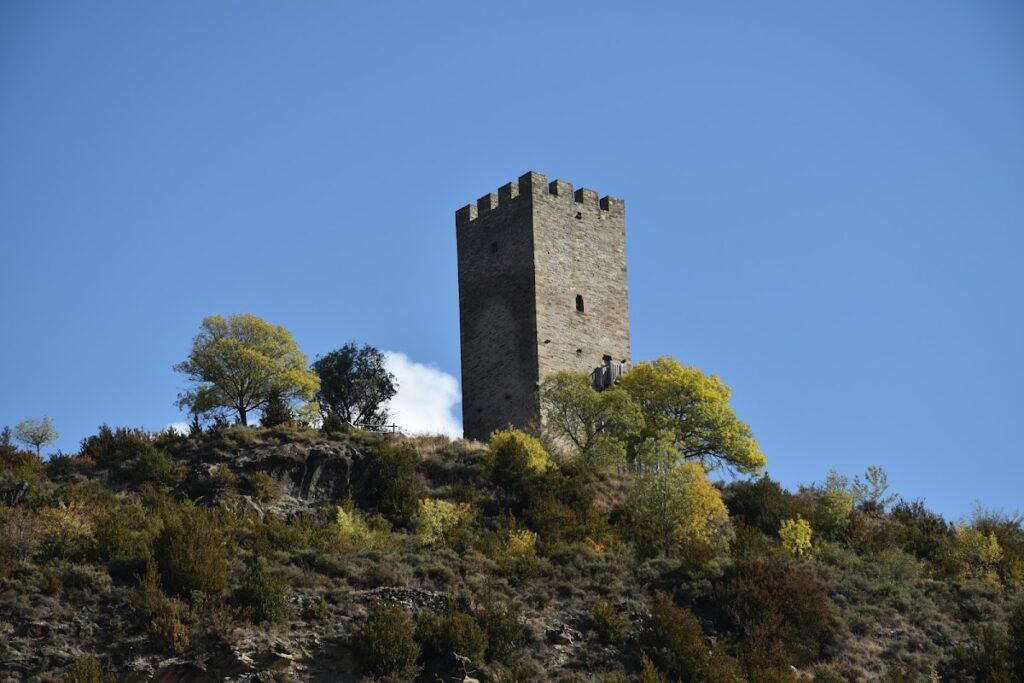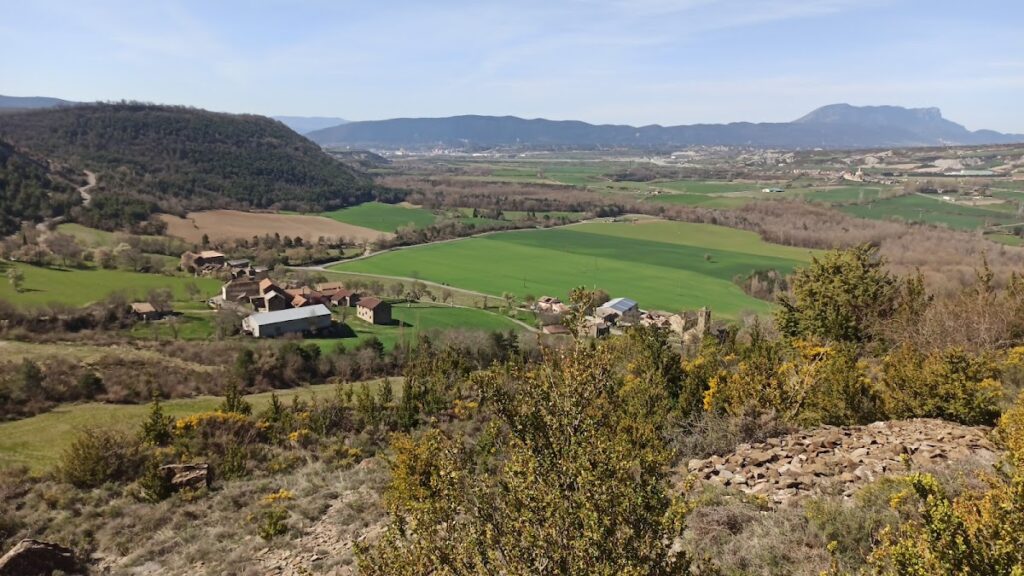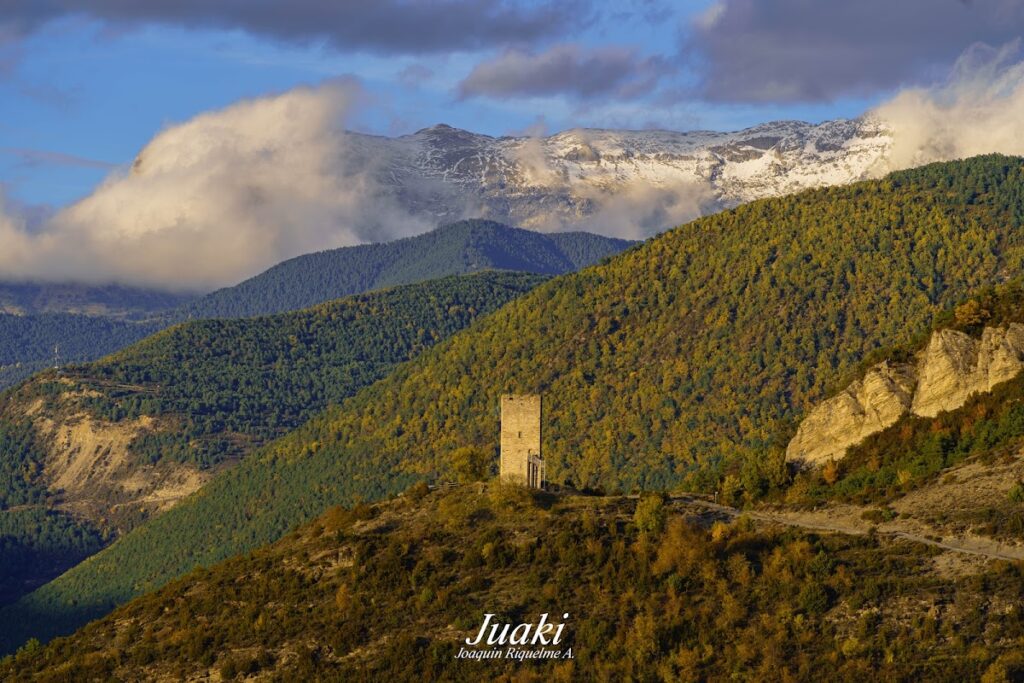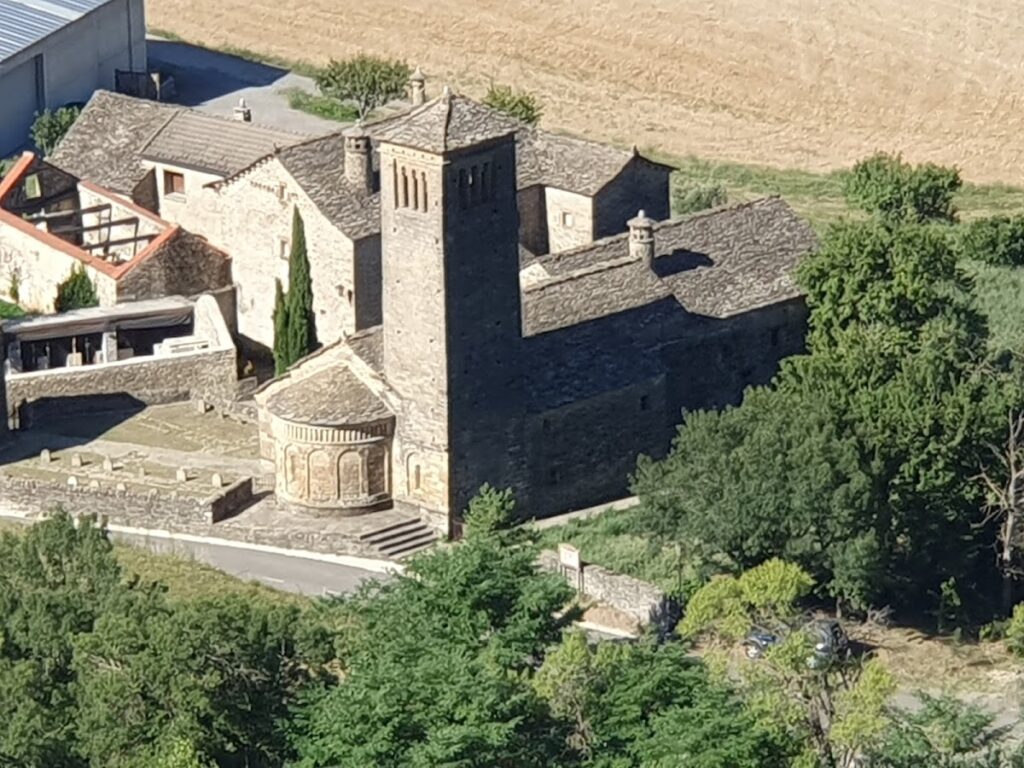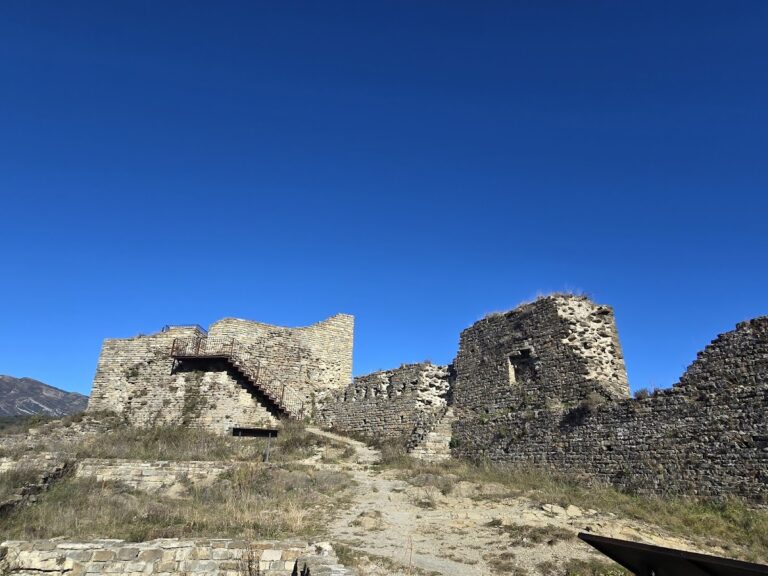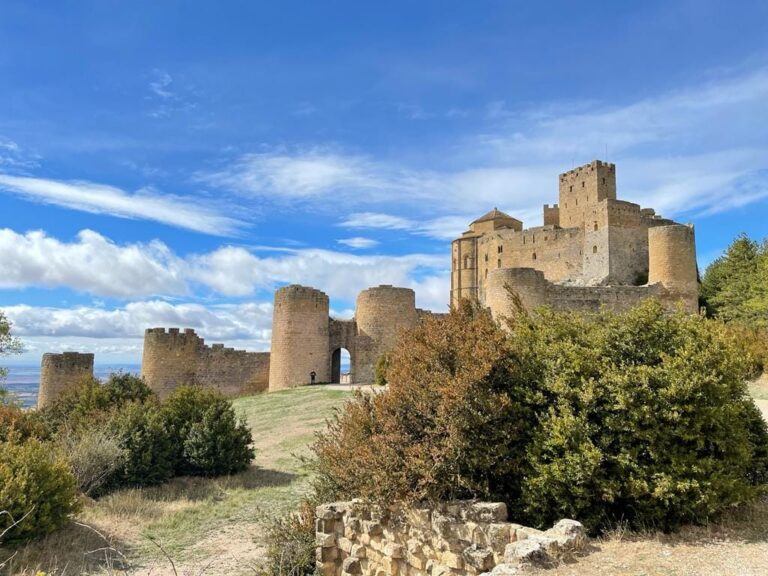Torraza de Lárrede: A Fortified Tower in Lárrede, Spain
Visitor Information
Google Rating: 4.3
Popularity: Very Low
Google Maps: View on Google Maps
Country: Spain
Civilization: Unclassified
Remains: Military
History
The Torraza de Lárrede is a fortified tower located in the municipality of Lárrede, Spain. Its origins trace back to the early medieval period, connected to the early Christian kingdoms that controlled the region.
An earlier fortification stood on this site by the year 992. During that year, Count Galindo II captured the stronghold as part of his military campaign. This early fortress formed the foundation upon which the later tower would be built. By 1121, a local figure named Galín de Lárrede is recorded as the tenant of the tower, suggesting the presence of a family closely tied to the area’s religious and defensive structures. This family likely played a role in establishing both the village church and the early fortress, intertwining the site’s military and ecclesiastical importance.
The current structure of the Torraza de Lárrede dates mainly to the 15th or 16th century, when it was reconstructed atop the medieval remains. This period was marked by widespread instability in the Alto Aragón region. Rising banditry, recurring conflicts between nearby Jaca and the Tena Valley, noble opposition to political decisions such as the Compromise of Caspe, and concerns over securing borders all contributed to a wave of defensive construction and refurbishment. The tower, along with others nearby, was strengthened during this time to better protect the Gállego River valley.
Some historians attribute the 15th and 16th-century rebuilding efforts to the López family, a noble lineage present in the area since at least 1062. A branch of this family owned a significant portion of Lárrede in the 17th century. By the early 19th century, ownership of the village and its castle passed to the Duchess of Híjar, reflecting shifting noble stewardship. The Torraza de Lárrede was part of a coordinated defensive network, including the castle of Larrés and the towers of Boalar and Escuer across the river, which collectively controlled the valley’s strategic access points.
In recognition of its historical significance, the tower was officially designated a Bien de Interés Cultural, a protected cultural heritage site, in 2006.
Remains
The Torraza de Lárrede presents a rectangular plan measuring roughly 6.5 by 4.5 meters, with formidable walls approximately 1.5 meters thick. The lower portions of the tower are constructed using more regular stone courses known as isodomic sillarejo, reflecting methodical stonework with neatly arranged blocks. Above this base, the masonry transitions to irregular sillarejo, where smaller, uneven stones and slate are used, indicating a variation in construction technique or phases.
Internally, the tower is organized into four distinct floors. The defensive design includes narrow openings known as arrow slits, which allowed archers to shoot while remaining protected. On the east façade, two of these slits appear on the third floor, with another above on the fourth floor. The south wall features an entrance raised to the second floor, accessible by means that are no longer visible, and a window with an interior bench on the third floor, suggesting living or observation space. Arrow slits also appear on the west wall’s fourth floor and the north wall’s upper parapet, all topped by battlements—low walls with gaps used for defense. The roof was originally built from wood, though it has not survived intact.
Notably, some of the masonry blocks on the west side differ in age and workmanship. These older stones consist of small courses with slabs and rubble, demonstrating the reuse of material from the original 10th-century fortification during the Renaissance-era rebuilding. This recycling of stone connects the current structure physically and historically to its medieval predecessor.
Overall, the tower remains well-preserved and stands in its original location, offering a visible record of medieval and early modern fortification techniques adapted to challenging political and social conditions along the Gállego River valley.
